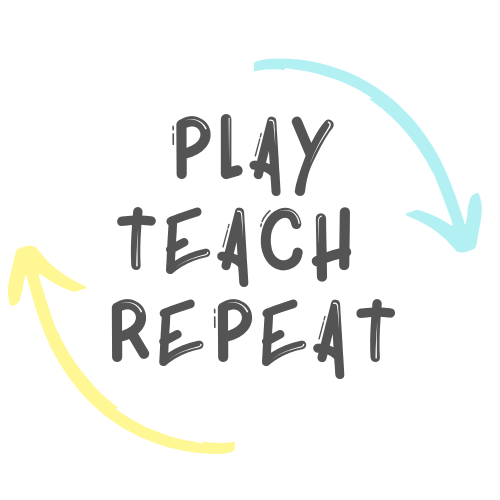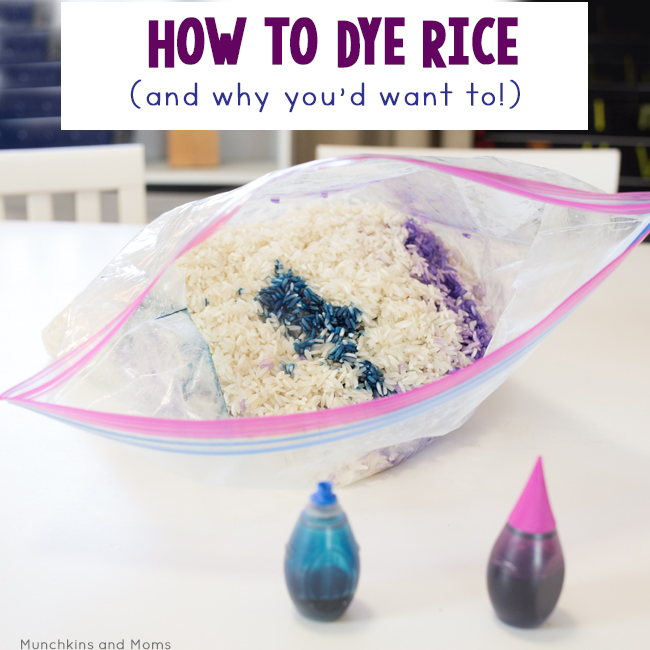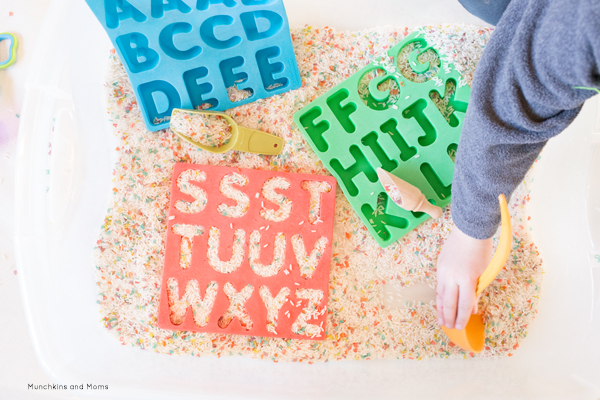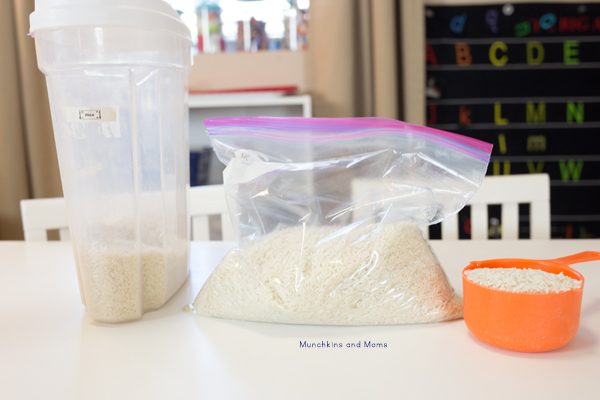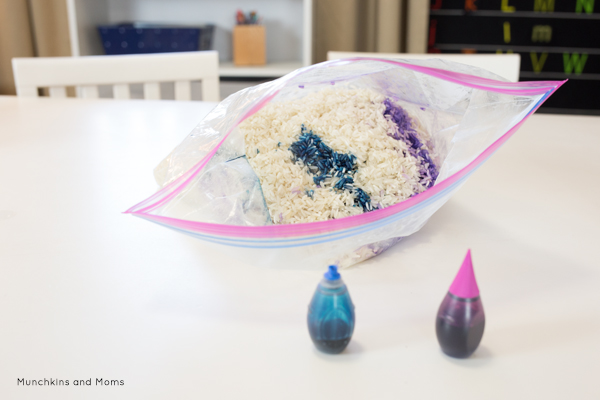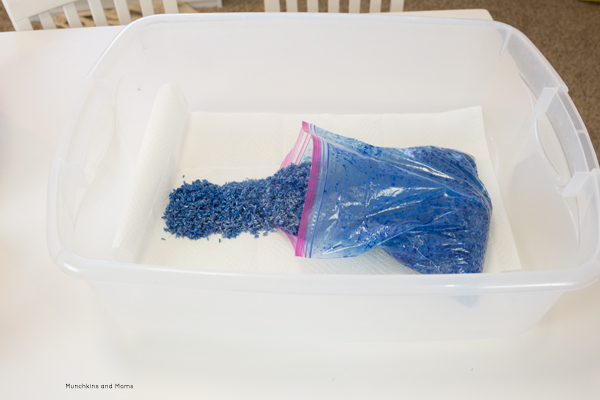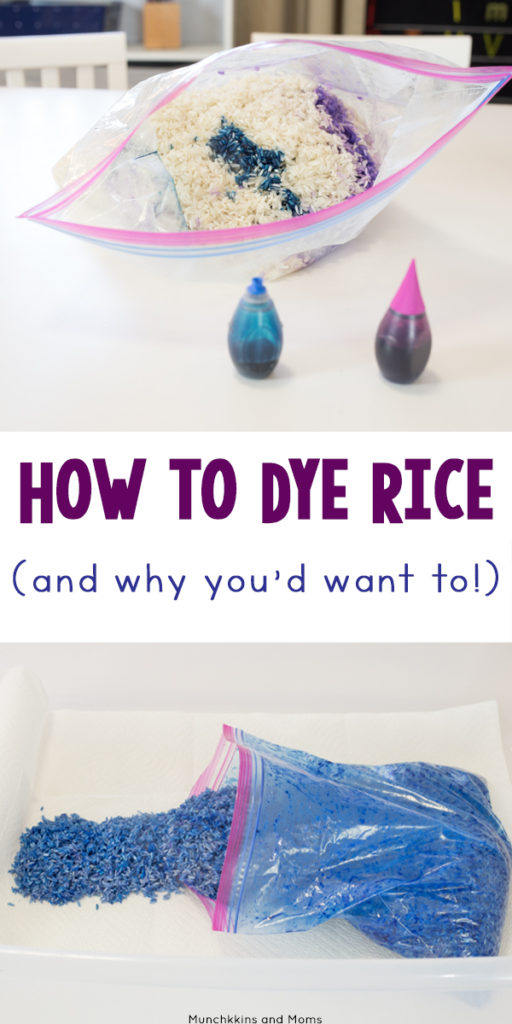I love me some dyed rice!
Not to eat though. Definitely not for consumption (since it uses rubbing alcohol).
I actually use dyed rice in sensory bins for my preschoolers!
What in the world is a sensory bin??
Sensory bins are containers filled with materials that excite a child’s senses. They offer opportunities for children to learn through play (our favorite kind of learning!)
Read more about sensory bins here
How do you dye rice for a sensory bin?
First of all, you definitely don’t have to dye rice to have an engaging sensory bin! Plain white rice is perfect for a quick pouring and transferring activity. You can even throw some recyclables in there for a no-fuss, high-fun toddler activity!
But if you want to dye rice (or pasta. I like including dyed alphabet pasta in our bins!), read on…
Supplies for Dying Rice (or Pasta) for Sensory Bins
- White rice
- Gallon Ziplock bag
- Rubbing alcohol
- Food coloring
- Paper towels
- Rubbermaid storage container
Easy-Peasy Dyed Rice Instructions
I started with 7 cups of white rice and placed it into a Ziploc bag. Next, I added 1/3 cup of rubbing alcohol with generous amounts of food coloring.
You can separate the rice into different bags to make more than one color. Go ahead and make a rainbow of colors for a beautifully colorful bin!
You can also keep it monochromatic depending on the theme (blue for water/sky representations, green for grass, yellow for hay, etc.)
After I added the alcohol and food coloring, I sealed the bag and shook it like a Poloroid picture!
Once all the color distributed evenly, I laid down paper towels in the bin and poured the rice on top to dry out.
(note- the smell of alcohol will be very strong. Keep this in a well-ventilated area until it dries completely).
Our rice took about an hour to dry on a warm, sunny day (I occasionally gave it a mix to make sure it dried evenly).
Once the rice dried, it was ready to be used for play!
